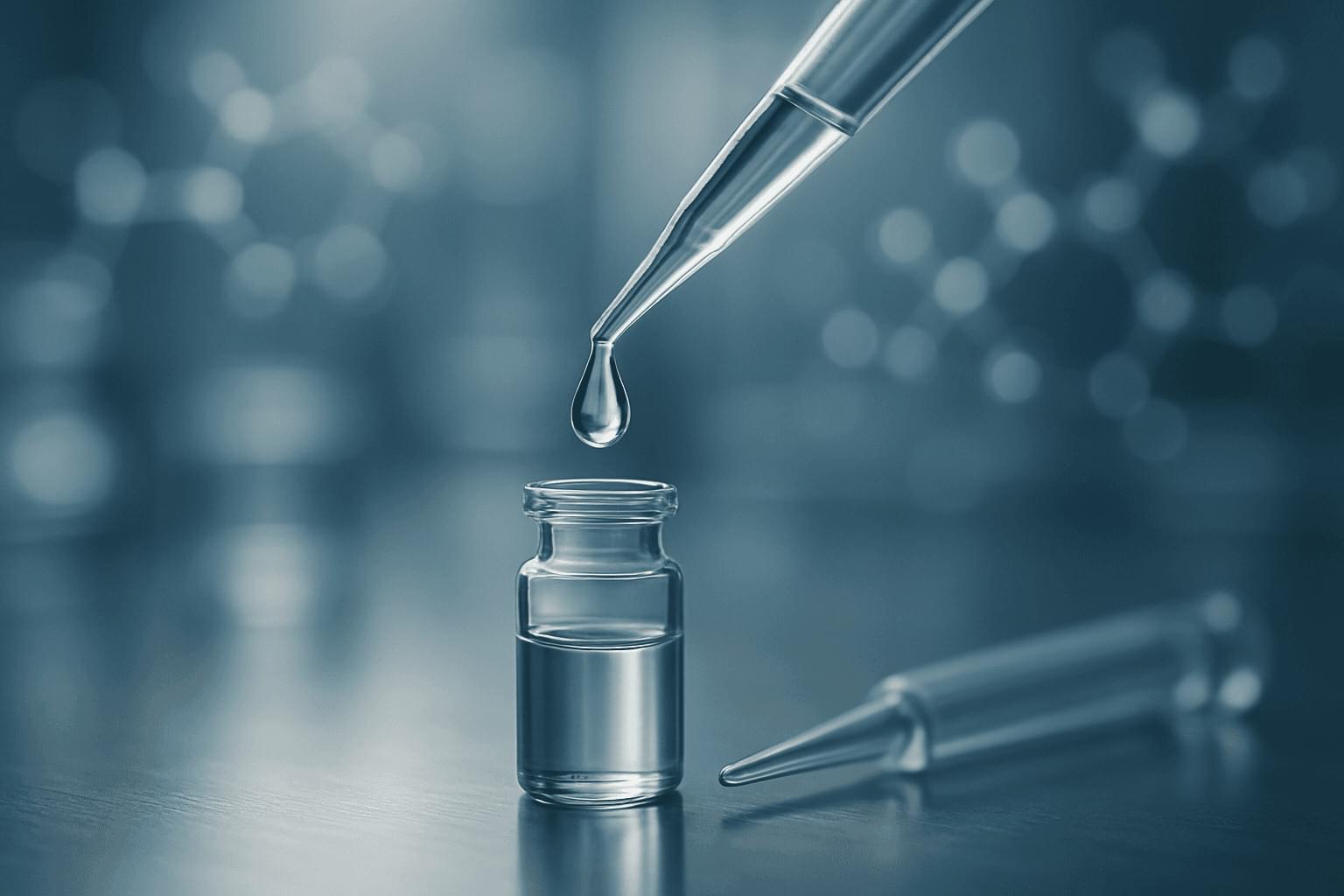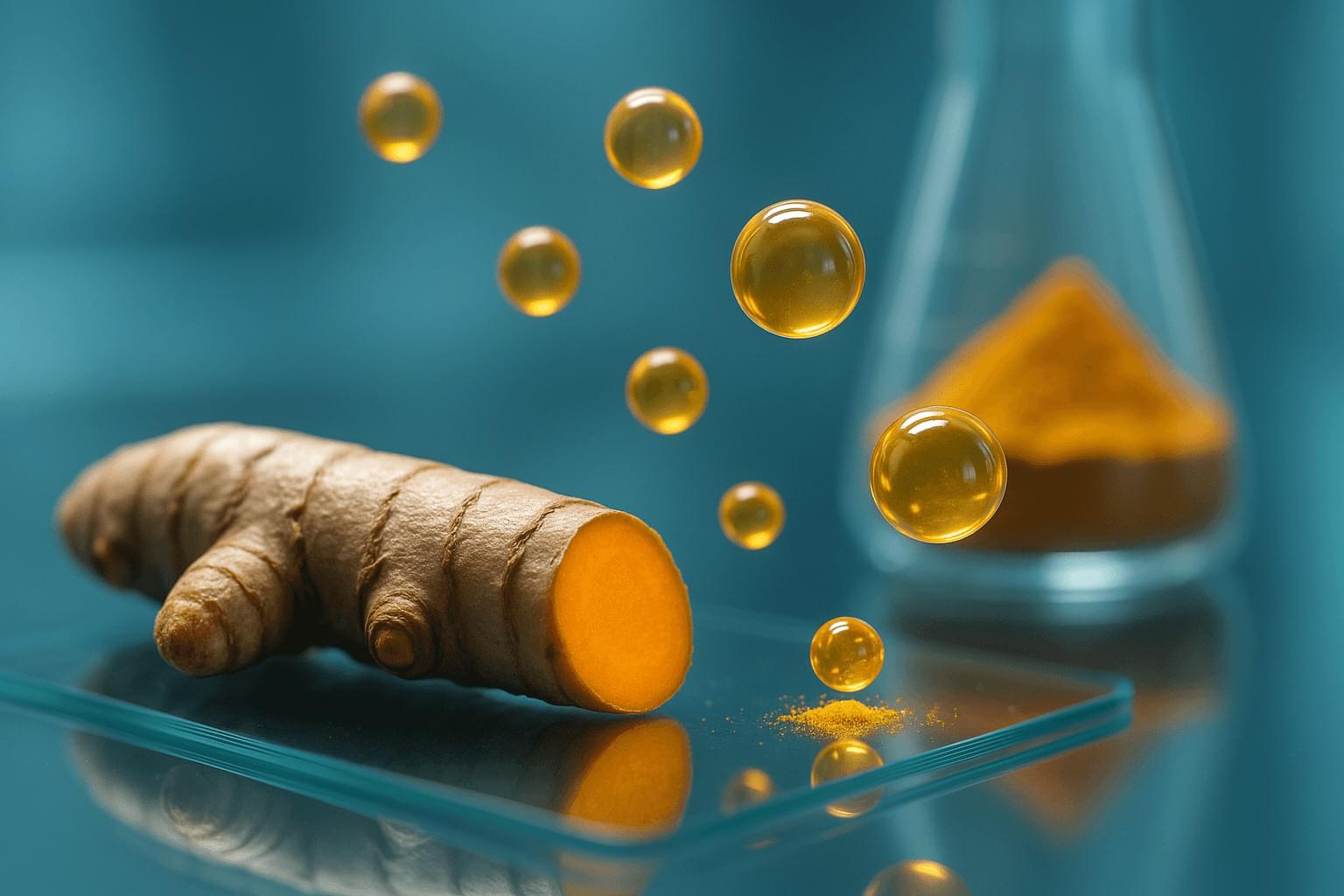Cold plunges work for some people but not others. New research reveals genetic and physiological factors that determine your cold exposure response.


In this video, Whitney, a registered dental hygienist, breaks down the viral headlines about a “tooth regrowth shot” being tested in Japan. She explains the real science behind the drug — how it targets the USAG-1 protein to potentially reactivate dormant tooth buds — and clears up common misconceptions about tooth regeneration research. From animal trials to current human safety studies, Whitney dives into what’s fact, what’s hype, and what this breakthrough could mean for the future of dentistry.
https://bit.ly/free-oral-hygiene-rout… SHOP MY STOREFRONT: https://bit.ly/4jgJPdG • Born With Missing Teeth? (Hypodontia)
• What Happens If You Don’t Replace Your Mis…
• Regrowing vs Remineralizing Tooth Enamel 🦷 WANT MORE TEETH TALK? ▶ newsletter: https://bit.ly/ttg-subscribe ▶ bettermouth app: https://www.bettermouth.com/ ▶ website: https://teethtalkgirl.com ▶ shop happyteeth: https://givehappyteeth.com/ ▶ amazon storefront: https://www.amazon.com/shop/teethtalk?tag=lifeboatfound-20?tag=lifeboatfound-20 🦷 SUPPORT THIS CONTENT: ▶ patreon:
/ teethtalkgirl ▶ youtube:
/ @teethtalkhttps://www.france24.com/en/live-news… https://pubmed.ncbi.nlm.nih.gov/33579… https://www.kyoto-u.ac.jp/en/research… https://news.harvard.edu/gazette/stor… https://trial.medpath.com/news/7c38d8… https://theweek.com/health/the-scienc… 🦷 BACKGROUND MUSIC: artlist.io 🦷 NOTE: This video does not provide medical advice and is intended for informational purposes only. Always seek the advice of your dentist or other qualified health provider with any questions you may have regarding a medical or dental condition. Never disregard professional medical advice or delay in seeking it because of something you have heard or seen on social media. ☮️ ❤️ 🦷
https://bit.ly/4jgJPdG
• Born With Missing Teeth? (Hypodontia)
• What Happens If You Don’t Replace Your Mis…
• Regrowing vs Remineralizing Tooth Enamel.
▶ newsletter: https://bit.ly/ttg-subscribe.
▶ bettermouth app: https://www.bettermouth.com/
▶ website: https://teethtalkgirl.com.
▶ shop happyteeth: https://givehappyteeth.com/
▶ amazon storefront: https://www.amazon.com/shop/teethtalk?tag=lifeboatfound-20?tag=lifeboatfound-20.
▶ patreon: / teethtalkgirl.
▶ youtube: / @teethtalk.





As we expected, the “Vista” supercomputer that the Texas Advanced Computing Center installed last year as a bridge between the current “Stampede-3” and “Frontera” production system and its future “Horizon” system coming next year was indeed a precursor of the architecture that TACC would choose for the Horizon machine.
What TACC does – and doesn’t do – matters because as the flagship datacenter for academic supercomputing at the National Science Foundation, the company sets the pace for those HPC organizations that need to embrace AI and that have not only large jobs that require an entire system to run (so-called capability-class machines) but also have a wide diversity of smaller jobs that need to be stacked up and pushed through the system (making it also a capacity-class system). As the prior six major supercomputers installed at TACC aptly demonstrate, you can have the best of both worlds, although you do have to make different architectural choices (based on technology and economics) to accomplish what is arguably a tougher set of goals.
Some details of the Horizon machine were revealed at the SC25 supercomputing conference last week, which we have been mulling over, but there are still a lot of things that we don’t know. The Horizon that will be fired up in the spring of 2026 is a bit different than we expected, with the big change being a downshift from an expected 400 petaflops of peak FP64 floating point performance down to 300 petaflops. TACC has not explained the difference, but it might have something to do with the increasing costs of GPU-accelerated systems. As far as we know, the budget for the Horizon system, which was set in July 2024 and which includes facilities rental from Sabey Data Centers as well as other operational costs, is still $457 million. (We are attempting to confirm this as we write, but in the wake of SC25 and ahead of the Thanksgiving vacation, it is hard to reach people.)



Using simulation-based techniques, scientists can ask how their ideas, actions, and designs will interact with the physical world. Yet this power is not without costs. Cutting edge simulations can often take months of supercomputer time. Surrogate models and machine learning are promising alternatives for accelerating these workflows, but the data hunger of machine learning has limited their impact to data-rich domains. Over the last few years, researchers have sought to side-step this data dependence through the use of foundation models— large models pretrained on large amounts of data which can accelerate the learning process by transferring knowledge from similar inputs, but this is not without its own challenges.